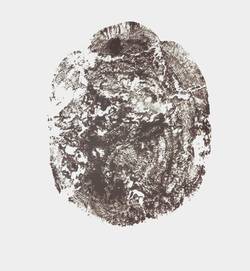 elephants in snow - the elephants |
 The African elephant appears to have similarly been tamed, and the Carthaginians employed them as fighting animals. The inscription at Adule alludes to this special use. During the ascendancy of the Roman Empire, elephants became quite common in Europe. A full-grown elephant will weight from 3 to 3 1/2 tons, and stand from 7 1/2 to 9 1/2 feet at the shoulders. It is an adult at twenty-five years (but a calf may obtained at thirteen to sixteen years), and its full age is 120 years. The only pace of the elephants is the walk, capable of being increased to a fast shuffle of about fifteen miles on hour, but for short distances only; it can neither trot, canter nor gallop. It cannot jump, can never have all four feet off the ground at one time, and hence a trench 7 feet wide is to it impassable, thought their step of a full-grown animal is 6 1/2 feet. The elephant will eat 600 to 700 lb. of green fodder, but is usually under-fed, getting 250 to 400 lb., and is fed mainly on leaves and boughs of trees. Most of its ailments proceed from unsuitable or insufficient food. from "The Commercial Products of India" by Sir George Watt London, John Murray, 1908 |
